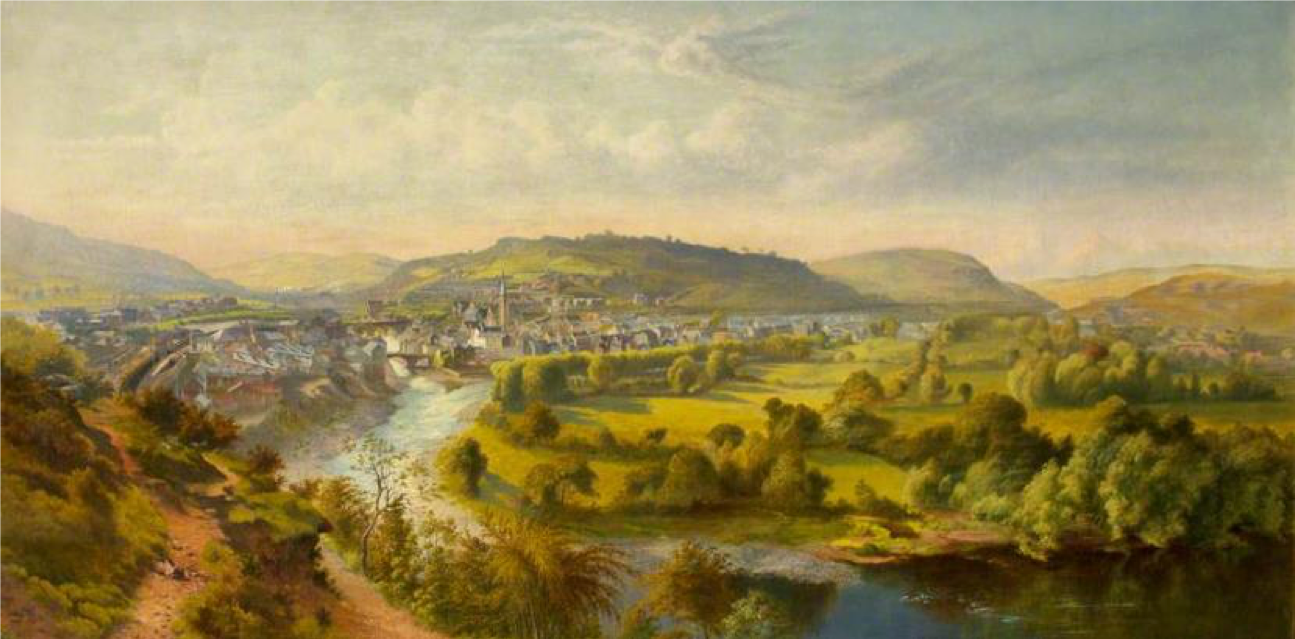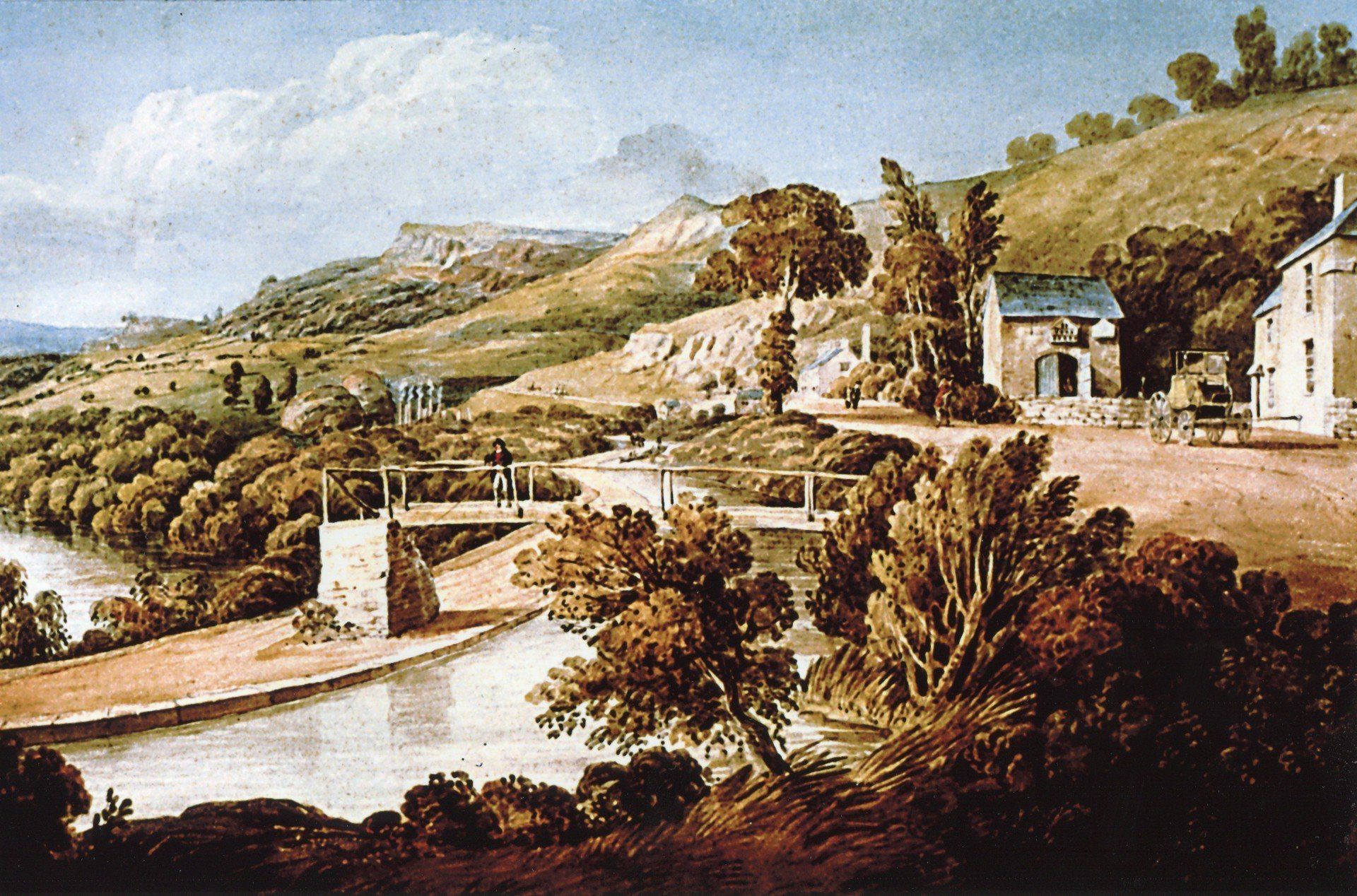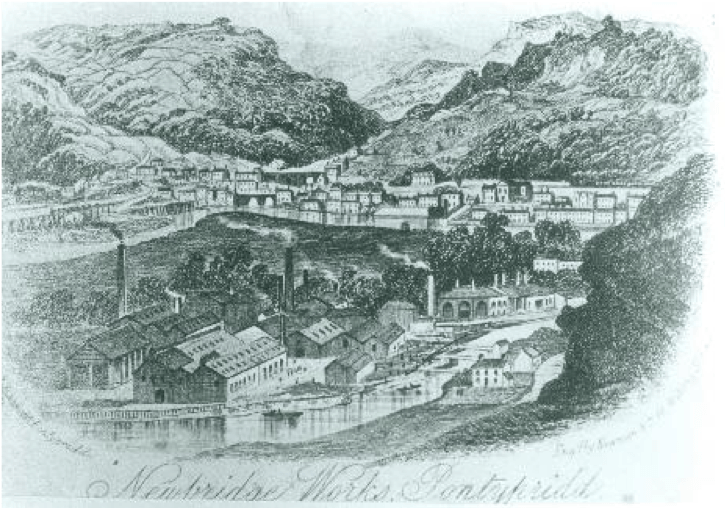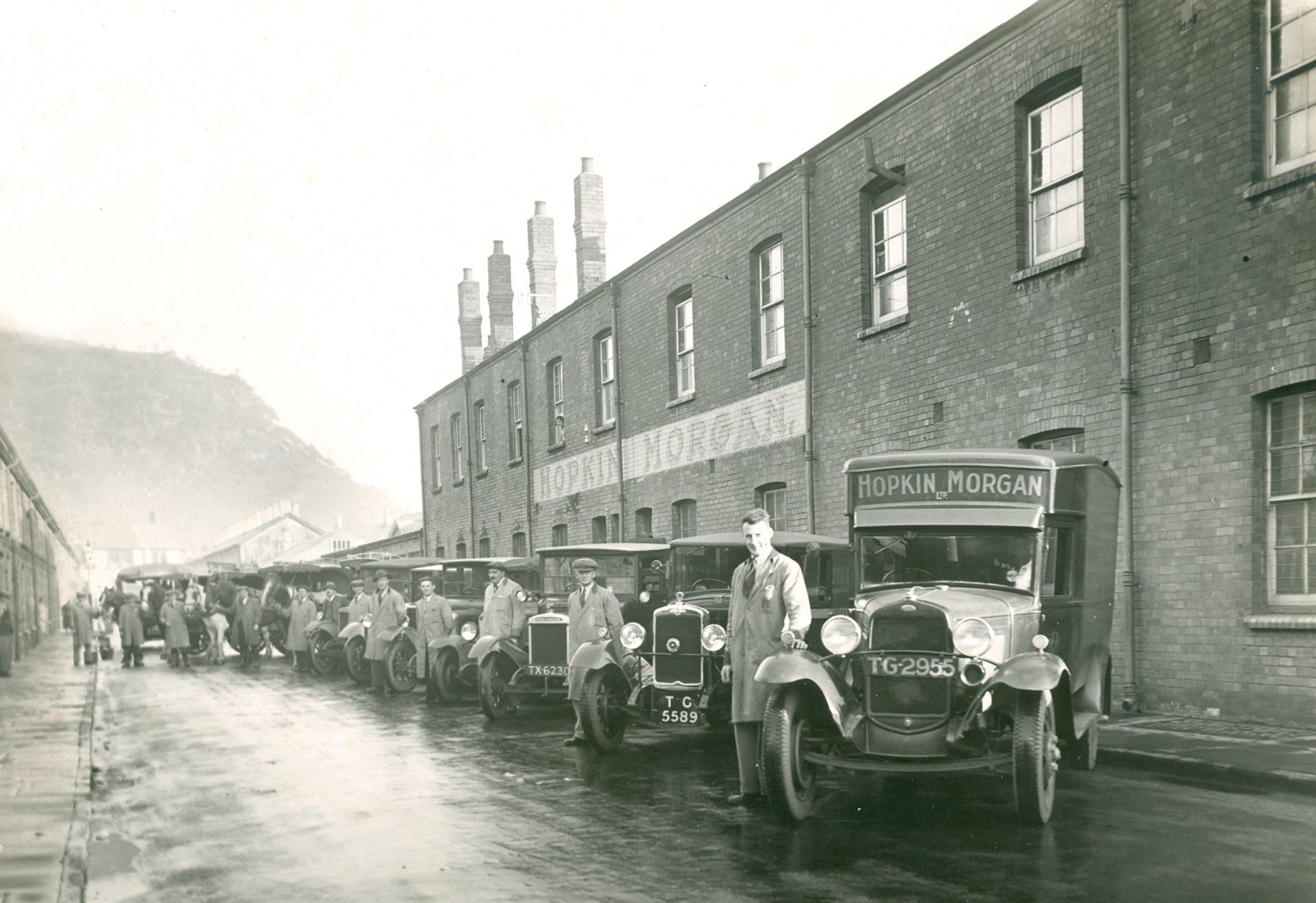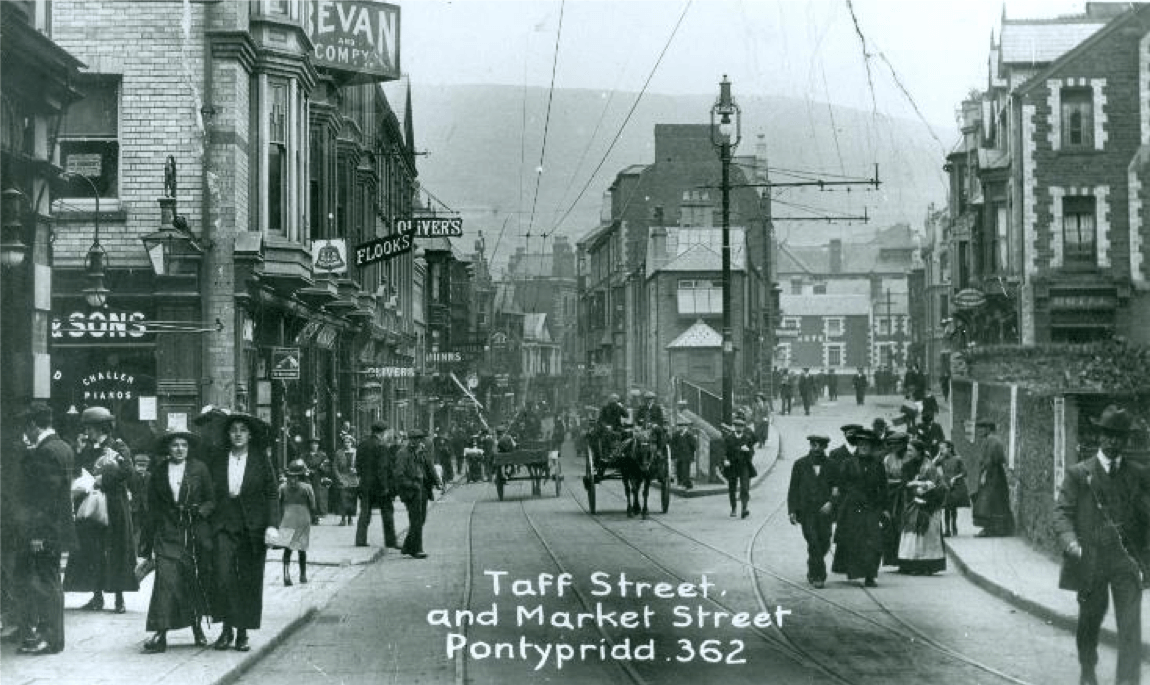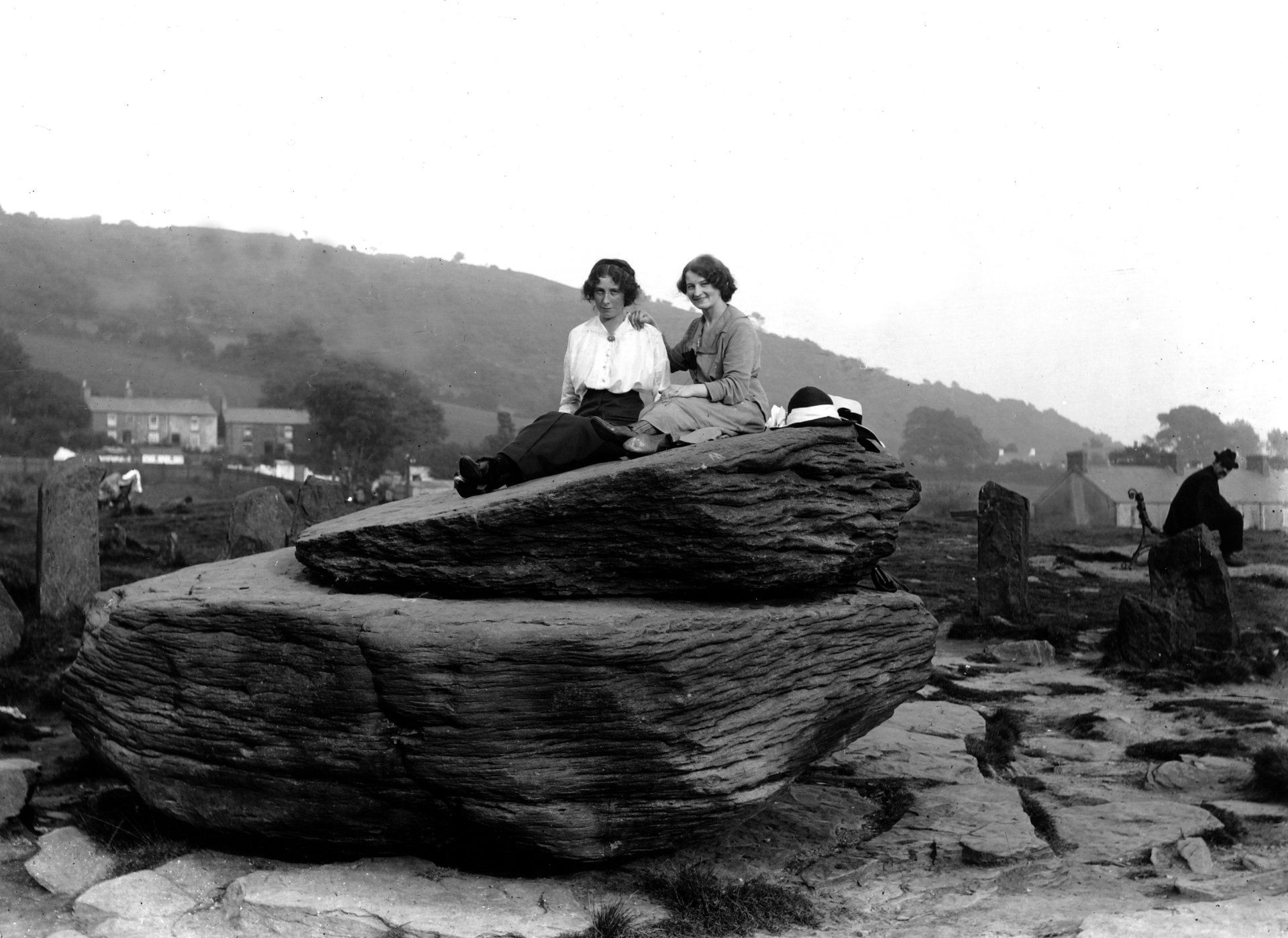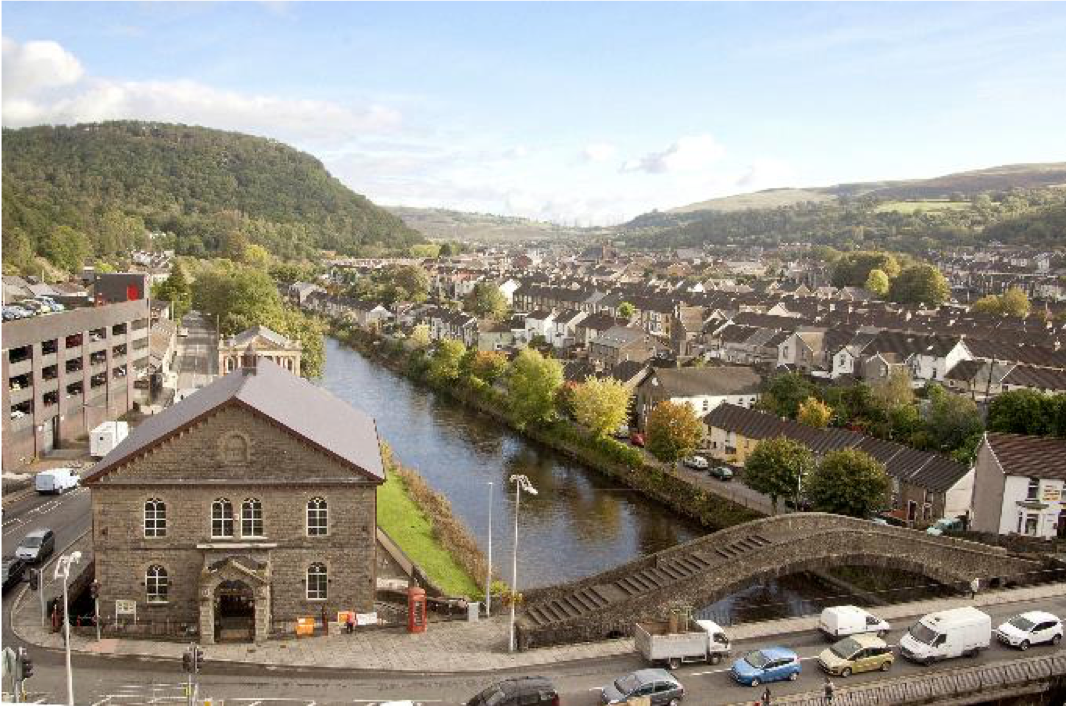History of Pontypridd
HISTORY OF PONTYPRIDD
Pontypridd lies at the point where the Taff and Rhondda rivers meet. The town grew and prospered from the mid-19th century onwards as the market town for the surrounding valleys, while these places yielded their rich reserves of coal.
Before, this the area was still rural, and farming was the way of life for most of the widely scattered local population. Pontypridd’s most famous landmark, the ‘Old Bridge’, dates from this time.
Built in 1756 by self-taught stone mason and local minister, William Edwards, it was the longest single-span bridge in Europe, and remained so for 80 years afterwards.
During the late 18th and 19th centuries, the area underwent a startling industrial transformation. In 1794 the Glamorganshire Canal opened between Merthyr Tydfil and Cardiff, passing through Pontypridd at its half-way point.
In 1818 it attracted the first large-scale industrial concern – Brown Lenox Chainworks, a company which stayed in the town until 2000. The company became world-renowned for their innovative chain design, used on Royal Navy ships and by Isambard Kingdom Brunel.
When the Taff Vale Railway opened in 1841, again running between Merthyr and Cardiff, the stage was set for half a century of explosive growth during which the population rose from around 3,000 to over 32,000 by 1890, and all the attributes of a thriving Victorian town were put in place.
Until 1856, the growing town was known as Newbridge, referencing Edward’s construction, but the local postmaster, Charles Bassett, exasperated at constantly receiving mail destined for Newbridge in Monmouthshire, lobbied successfully to change the name back to an earlier Welsh incarnation – Pontypridd.
From about this point, and for a century afterwards, the life of Pontypridd and its surrounding valleys was dominated by the local coal industry, which turned Pontypridd into a bustling, vibrant melting-pot of people from other parts of Wales, England, Ireland and further afield.
In 1820 Pontypridd had been a Welsh-speaking village; by 1900 it was a large, mainly English-speaking, town.
Individuals from the town such as Evan Davies, who created the stone circle on Pontypridd Common, Dr. William Price (pioneer of cremation in Britain), and Evan and James James (composers of the Welsh national anthem, ‘Hen Wlad Fy Nhadau’), reacted against this linguistic and cultural shift by creating a 19th century neo-druidic movement which looked back to, and promoted, a Welsh cultural golden age.
Almost all material evidence of the heyday of coal mining in Pontypridd has gone. The scars of industrialisation have healed and the hillsides are green once more, but the transition to a post-industrial economy was a painful process. The local population now looks to a much wider range of jobs for employment and has to travel further afield for work.
The legacy of this short but eventful history is that Pontypridd occupies the interesting position of a market town serving its hinterland of former industrial villages, and a community within which there is a shifting cultural balance.
GET IN TOUCH
Contact Us
Thank you for contacting us.
We will get back to you as soon as possible.
We will get back to you as soon as possible.
Oops, there was an error sending your message.
Please try again later.
Please try again later.
OPENING TIMES -
- Monday
- -
- Tuesday
- -
- Wednesday
- -
- Thursday
- -
- Friday
- -
- Saturday
- -
- Sunday
- Closed

Sign up to our mailing list
Thank you for subscribing.
Keep an eye out for updates from the Museum in your inbox!
Oops, there was an error subscribing.
Please try again later.
Enter your email address to subscribe and receive museum news.
ADDRESS
Bridge Street
Pontypridd
Rhondda Cynon Taff
CF37 4PE




